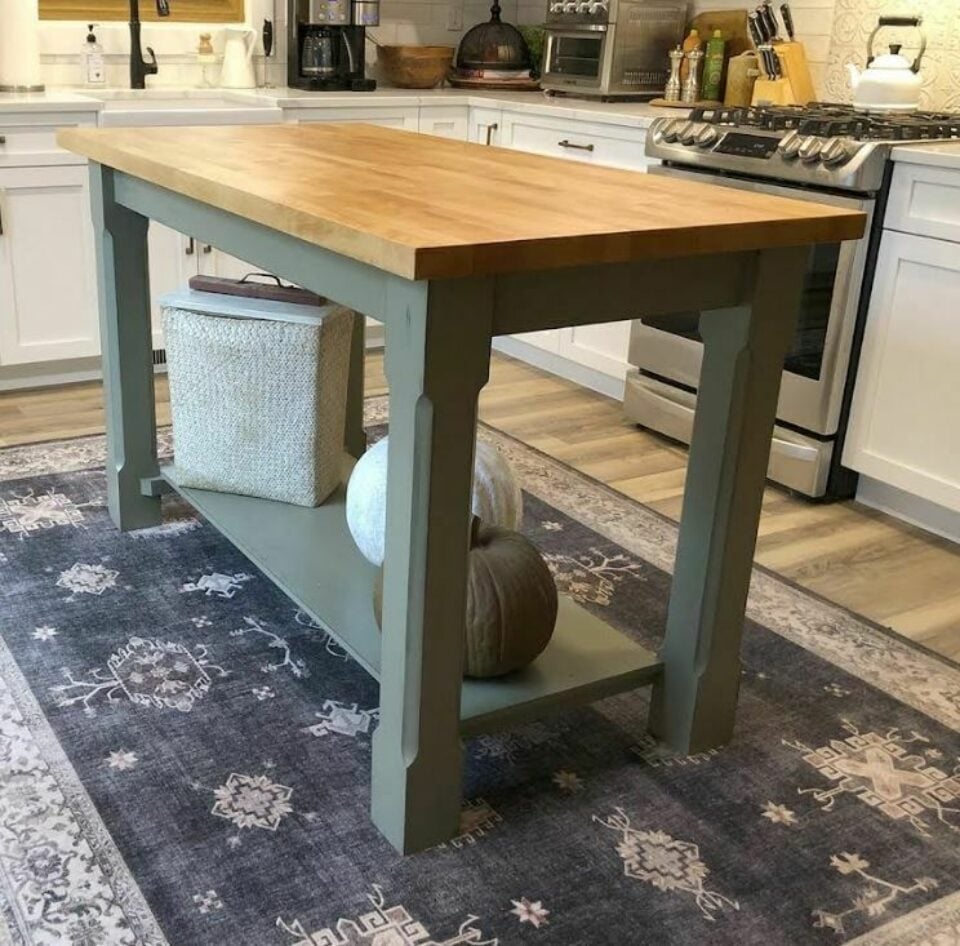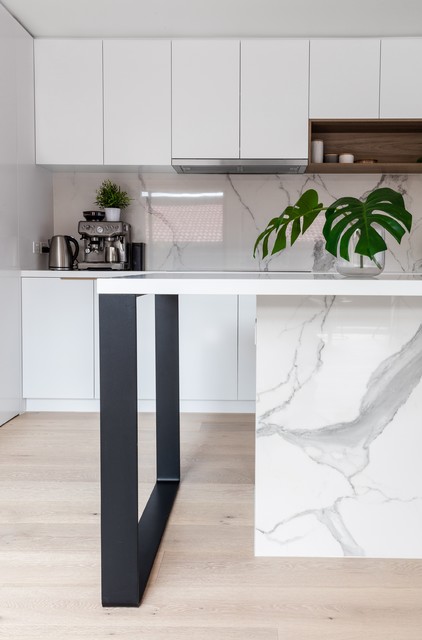Transform Your Room with Ingenious Kitchen Island Leg Layouts
Transform Your Room with Ingenious Kitchen Island Leg Layouts
Blog Article
Top Factors To Consider When Picking a Cooking Area Island Leg for Modern Kitchen Area Interiors
In the world of contemporary cooking area interiors, the option of a cooking area island leg is critical, affecting both looks and performance. Secret factors to consider include the selection of materials that integrate with modern design, in addition to the leg's security and support to ensure long-lasting performance. Furthermore, elevation and percentages have to be attentively reviewed to keep a natural look. As these components intertwine, they increase better inquiries regarding just how to attain the perfect balance in between style and functionality, leaving one to contemplate the implications of each decision on the total kitchen area experience.
Material Options
When it pertains to choosing a kitchen area island leg, product selections play an important function in both aesthetics and functionality. kitchen island leg. The most common materials consist of timber, steel, and composite alternatives, each offering distinctive advantages and prospective drawbacks
Wood is favored for its warmth and classic allure, providing a classic appearance that enhances numerous kitchen area styles. It is highly functional, enabling personalization in terms of surfaces and shades. Wood might need even more upkeep to stop warping or damage from dampness.
Metal, on the other hand, brings a industrial and modern-day flair to kitchen area islands. Stainless-steel and wrought iron are popular choices, understood for their durability and resistance to put on. They can withstand the roughness of everyday usage but may lack the heat related to wood.
Composite products, such as crafted timber or synthetic blends, supply a balance in between price, toughness, and aesthetics. These choices are commonly designed to imitate the look of natural materials while giving resistance to scratches and spills.
Inevitably, the option of product should line up with the overall kitchen style and planned use, making sure that the kitchen area island leg is both functional and aesthetically enticing.
Style and Layout
The design and design of a cooking area island leg considerably contribute to the general aesthetic of the room, complementing the selected product. When picking the leg design, think about the architectural design of the kitchen. For circumstances, smooth, minimal legs constructed from stainless-steel or acrylic harmonize with contemporary styles, while ornate, transformed wood legs enhance conventional or farmhouse appearances.
In addition, the coating of the leg can affect the aesthetic influence; a sleek chrome or matte black coating might stimulate modern-day style, while troubled timber speaks with rustic beauty. The leg's shape likewise plays an important role-- right, angular forms convey an even more commercial feeling, whereas conical or bent legs present a softer, a lot more inviting look.
Integrating decorative elements, such as makings or decorations, can include character and personality to the kitchen island, more enhancing its role as a focal factor. Ultimately, the chosen leg design should not just straighten with the overall kitchen area layout but likewise reflect the house owner's individual preference, ensuring that the kitchen area island becomes a harmonious and practical centerpiece within the modern-day cooking area inside.
Elevation and Percentages
Accomplishing the best height and proportions for a cooking area island leg is vital for both functionality and appearances. Kitchen islands usually vary in elevation from 28 to 36 inches, depending on their intended use-- whether as a cooking surface, dining location, or office. Criterion kitchen counter elevation is roughly 36 inches, my website making it necessary that the legs you pick enhance this elevation to give a smooth, integrated look.
Proportions additionally play a vital role in the visual balance of the kitchen. The dimension and weight of the leg need to agree with the total style of the island - kitchen island leg. A slim leg may be ideal for a minimalistic or contemporary island, while an extra substantial leg might be required for rustic or traditional styles. Furthermore, think about the spacing in between the legs; ample range makes certain convenience and ease of activity around the island.
When choosing the height and percentages of the kitchen area island leg, bear in mind the total style style of your kitchen. This interest to detail not just boosts the performance of the space yet likewise adds to a aesthetically appealing and cohesive indoor style.
Security and Support
Regularly making sure stability and assistance in kitchen island legs is essential for both safety and security and capability. A sound kitchen island have to endure day-to-day use, including weight from home appliances, cooking, and social events. The selection of legs ought to focus on robust products and designs that can supply ample assistance.
When assessing security, consider the leg's material-- hardwood, light weight aluminum, or steel typically supply premium stamina compared to lighter choices. In addition, the design should feature a wide base to disperse weight evenly and decrease the risk of wobbling or tipping. For circumstances, legs made with an A-frame or cross-bracing can considerably boost stability.

Incorporating these considerations will not just enhance the overall security of the cooking area room yet likewise enhance the long life and capability of the cooking area island, making it a beneficial focal point in modern kitchen interiors.
Finishing Touches
When it pertains to completing a kitchen island, thoughtful finishing touches can substantially improve both its visual appeal and performance. Choosing the best leg style is critical, yet complementing it with suitable details can transform the entire space. Think about including attractive aspects such as toe kicks or walls that match the kitchen cabinetry or floor covering to produce a smooth appearance.

A natural color palette and product choice will certainly raise the kitchen island, making it an exciting focal factor. By paying interest to these completing touches, home owners can develop a kitchen area island that is both stunning and practical, providing to their lifestyle and style choices.
Verdict

In the world of contemporary kitchen area interiors, the option of a kitchen area island leg is pivotal, affecting both visual appeals and performance.The design and style of a cooking area island leg dramatically add to the general visual of the area, matching the chosen material.Accomplishing the right height and percentages for a kitchen island leg is important for both functionality and aesthetics.Regularly guaranteeing stability and support in kitchen island legs is crucial for both safety and functionality.In recap, choosing a kitchen area island leg for modern insides needs cautious factor to consider of material choices, design style, height, percentages, and security.
Report this page